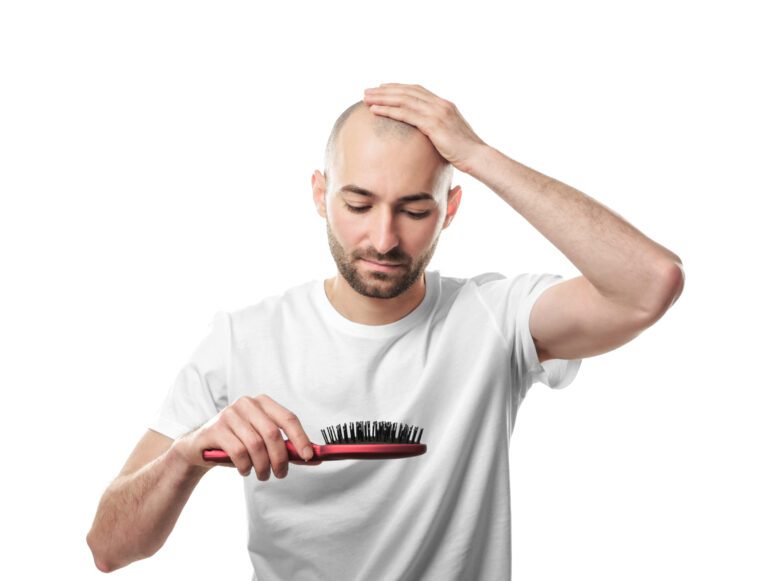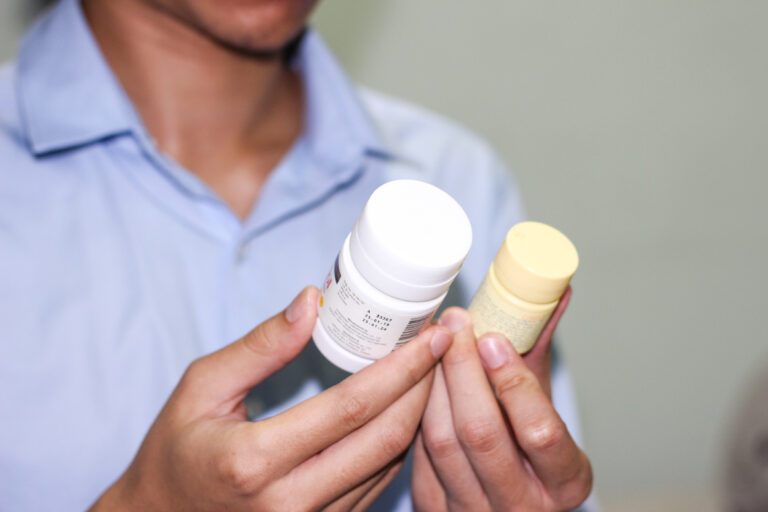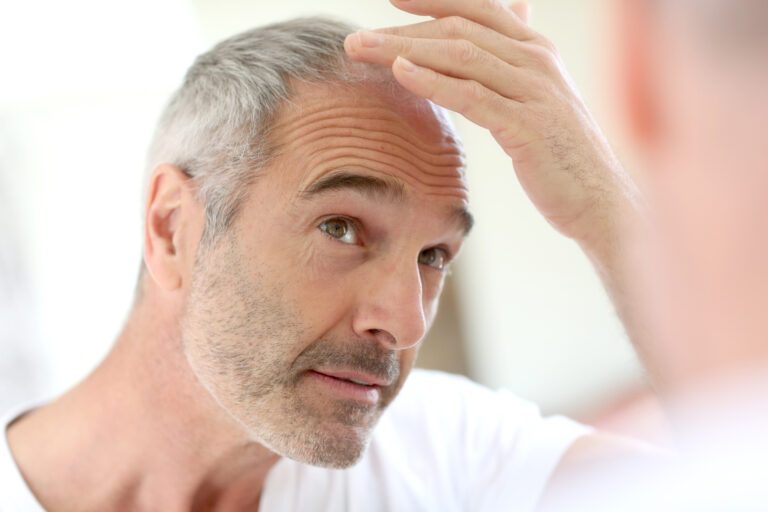Taking Finasteride After a Hair Transplant
Hair transplantation is nothing short of a breakthrough in medicine. Imagine telling someone 500 years ago that you could provide them with hair after they completely lose it. It’d be completely unbelievable. Fortunately, it is a procedure that most people can undergo now…for a price.
The high procedural cost makes people do their best to retain the results. One of the medications your surgeon might prescribe to help you keep your new hair is Finasteride.
However, with a quick Google search, you understand the side effects of the medication. Some of them, despite not being dangerous, are highly unpleasant. This raises the question of whether taking Finasteride after a hair transplant is worth it.
In this post, we’ll answer that question for you.
Do You Have to Take Finasteride After Hair Transplant?
The short answer is no. Taking Finasteride after a hair transplant isn’t a must. It can help you retain the results of the transplant, but its absence doesn’t necessarily mean failure of the procedure.
To understand this answer further, we need to understand what Finasteride is and how exactly it works.
Finasteride: A Quick Overview
Finasteride, also known as Proscar or Propecia, is a medication used to treat hair loss and another condition known as benign prostatic hyperplasia (BPH).
There’s a hormone in the human body that goes by the name of dihydrotestosterone (DHT). The primary function of that hormone is the sexual development of males. However, its excess can also enlarge the prostate gland and promote male pattern baldness.
Our bodies don’t directly secrete the DHT hormone. Instead, they transform testosterone into DHT and utilize it as needed.
This is when Finasteride comes into play. The medication’s primary role is to stop testosterone from being transformed into DHT, reducing the hair loss pattern that DHT causes.
Studies show that taking Finasteride every day can significantly reduce the amount of DHT in your scalp, which in turn, reduces hair loss to a considerable extent.
However, much like most drugs on the market, Finasteride has some side effects. Some of them are more common than others, so let’s categorize them:
More Common
- Reduced sexual desire
- Difficulty in maintaining an erection
- Cold sweats
- Confusion
Less Common
- Unusual drowsiness
- Constant sneezing
- Rapid weight gain
Rare
- Diarrhea
- Back pain
Hair Transplant vs. Finasteride
A hair transplant is a medical procedure where the surgeon would move some hair grafts from the sides or the back of your head to the bald spots on your head. Since the graft is done from the same host, there’s a high success and hair retention rate.
In other words, a hair transplant can work even after an area in your head has gone completely bald.
Unfortunately, we can’t say the same about Finasteride. The medication works by limiting the damage and allowing the existing follicles to thrive and grow back up.
Finasteride also works wonders in slowing down hair loss resulting from aging and medical conditions such as alopecia areata.
However, the medication can’t grow back the hair if the follicles are permanently damaged, which is why it’s inferior to a hair transplant.
Finasteride After Hair Transplant
As mentioned earlier, Finasteride isn’t detrimental to your procedure results. A hair transplant without finasteride can still work and retain great results. So, how do you decide if you should take Finasteride after the hair transplant?
The answer is simple; it all depends on your condition. Your doctor will let you know before the procedure if your condition requires taking Finasteride or not. For example, you may have a healthy donor site and strong hair follicles that don’t pose the risk of falling after the procedure.
In that case, optimum care of your hair is more than enough to keep the results permanently.
On the other hand, the hair loss pattern might have been severe enough for your doctor to recommend Finasteride, especially if your hair loss resulted from alopecia.
There’s no clear conclusion on whether alopecia is genetic, but if you have a close family member who has it, you might have a higher risk of developing it. You should include that in your medical history so that your surgeon can either prescribe Finasteride or not.
The Bottom Line
The decision of taking Finasteride after a hair transplant comes from your condition. If your hair loss was severe before the transplant and you have family members who have genetic hair loss conditions, then your doctor will mostly prescribe Finasteride.
You’d then have to endure the possible side effects to retain your new hair. Who knows, you may not get any side effects after all.
Alternatively, your condition may not require Finasteride, but you’ll have to take care of your hair and monitor the prognosis with your doctor.







